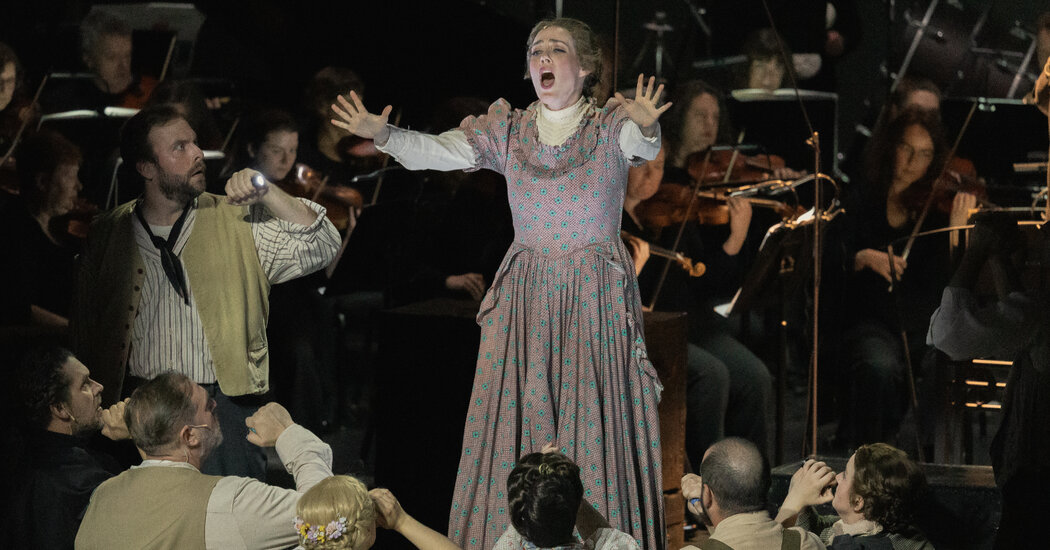Born on Long Island in 1893, Moore had an early passion for theater, followed by music. He wrote humble pieces in school and, when he got to Yale University, fight songs. Later, in the Navy during World War I, he wrote entertainments for his fellow sailors.
As Moore began to study composition seriously, he learned from some of the 20th century’s most famous teachers, including Ernest Bloch at the Cleveland Institute of Music and Nadia Boulanger in Paris. When he returned to the United States, he became a teacher, too, and spent nearly four decades at Columbia University.
He wrote music appreciation books and composed steadily, with a breakout opera in 1939, “The Devil and Daniel Webster,” which premiered on Broadway, directed by John Houseman and conducted by Fritz Reiner. By then, Moore was deep into his preoccupation with American subjects, like P.T. Barnum and “Moby-Dick.”
Throughout his composing career, his style was conservative, sometimes even dully genial, with unabashed sentimentality and a love for old American songs and folk music. But while composers like Copland and Virgil Thomson quoted popular tunes, Moore preferred to write his own. In “Giants,” there are original takes on working and drinking songs, and a religious hymn, though, in an exception for him, he also weaves in a bit of the Norwegian national anthem.
Moore’s appetite for Americana had him primed to write “Giants” when he met the author Arnold Sundgaard at Columbia in 1948. Sundgaard had recently written the libretto for Kurt Weill’s “Down in the Valley,” and when Moore asked him what other ideas he might have for an opera, he mentioned Rolvaag’s novel.











